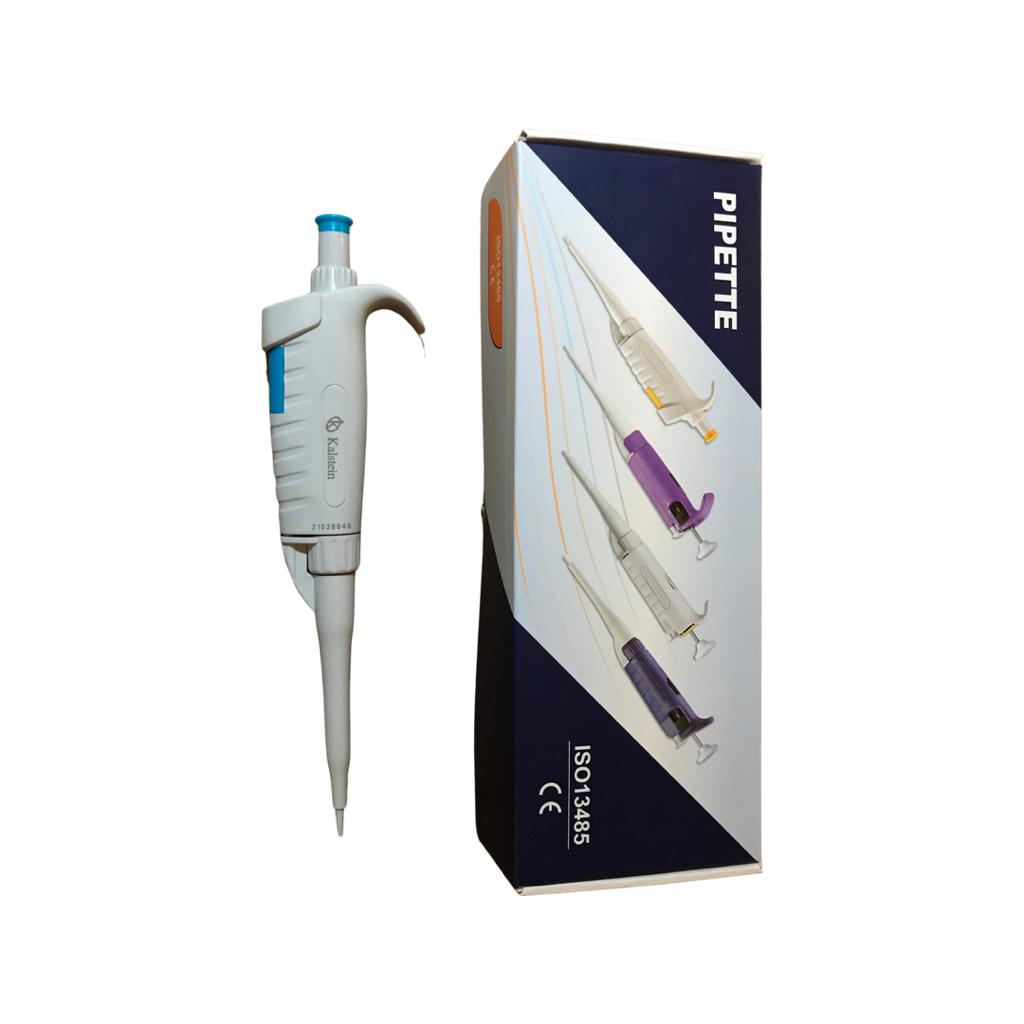Automatic pipettes or micropipettes are devices used to absorb and transfer small volumes of liquids with great accuracy and allow their handling in different scientific techniques. The volumes that can be collected by these instruments vary according to the model.
Some important considerations
First of all, we must avoid the blows and falls of our automatic pipettes, clean them correctly without using aggressive chemical agents that deteriorate them, and also keep them in vertical position preferably in special supports for them. This prevents liquids that may have entered the neck of the pipette from escaping and causing contamination and / or corrosion.
Common mistakes we make when pipetting:
- Do not assess the viscosity of the sample.
- Dispense liquid reagents too quickly.
- Pipette different samples with the same tip.
- Failure to properly maintain the pipettes.
- Do not calibrate the pipettes within the established deadlines.
- Pipetting from an incorrect angle.
- Keep pipettes horizontal.
- Do not use the appropriate tips.
- Do not take into account the ambient temperature and / or the temperature of the sample.
The main rules for pipetting correctly can be summarized in:
- Pipet slowly and gently.
- Keep the pipette upright when aspirating the sample.
- Immerse the tip lightly in the sample when vacuuming.
- Dispense the liquid on the side wall or on the liquid at an angle of 45º.
As mentioned above, automatic pipettes play a very important role in clinical and research laboratories as devices used to measure or transfer small volumes of liquid from one container to another with great accuracy, and are characterized by decreasing the margins of errors in the measurements made.
As with any instrument used in the Clinical Laboratory, these require a methodology of frequent inspection (tests and / or calibrations) to detect any type of normal wear or abnormal deterioration that they present.
It is important to understand the difference between calibration and performance analysis, because both concepts tend to be understood as calibration, when in reality they are very different.
The performance analysis
Is the performance test per se, it is verified that the instrument works correctly and is used either the gravimetric or photometric method. Normally, this test is performed once the product leaves the production line and ensures that the standards stipulated by the standard are met. In case the pipette does not meet the specifications, it will have to be adjusted, calibrated and tested again. Once the approval results are obtained, a performance certificate or quality control is issued for each pipette separately.
So it is very important to understand that the document that comes inside the box of our new micropipette is not a calibration, but a document that guarantees that the instrument left the factory in approving conditions according to the standard.
Calibration
Is comparing against a standard or a pattern. That is to say that by means of the gravimetric or photometric method the actual volume that doses the pipette is compared against the international standard. For example, the pipette display shows 10μl but in fact pipettes on average 10.2μl. If the difference is small, it can be discarded and approved, however if the result is very large, the product can not pass the calibration.
This means that if the pipette does not pass the calibration, the movement of the piston is adjustable and we can bring the pipette to correct volumes again. It should also be mentioned that if the pipette is broken, damaged or its internal parts are already badly damaged, it may be that the adjustment can not be made and it is necessary to repair it.
The most important thing about calibration is to understand that not any person or laboratory is authorized to do it, the calibration laboratory must be accredited. There are many factors that must be taken into account when calibrating volume and micro volume, so it is extremely important that the user does not adjust their pipette on their own, and always send their instruments to accredited laboratories that can calibrate them appropriately.
Knowing that micropipettes are key elements in any laboratory and that it is necessary that they have the best possible accuracy, at Kalstein we provide you with micropipettes that will allow you to offer the best analysis. That’s why we invite you to take a look at our micropipettes available HERE

